Ever since the FAA officially released info about Part 107, headlines across the industry have been dominated by news that showcases how it redefines flying a drone for commercial purposes. Amidst countless questions about how this impacts the logistics of getting into the air with a UAV, Skyward and senseFly have joined forces to help operators find those answers in a far easier manner.
The companies have partnered in order to deliver high-end mapping and surveying drones that will now comes equipped with airspace safety and operational tools. The partnership is designed to create an end-to-end drone solution which will ensure operators are utilizing a drone that makes sense for their business while also being able to easily stay up to date with changes to regulation like Part 107. The official release about this news is available below.I’ve previously chatted with Skyward CEO Jonathan Evans about a different redefining development for the industry, but I wanted to re-connect with him to explore this news in a bit more detail. Baptiste Tripard, Managing Director at senseFly, was also able to answer a few of the questions I had about the goals of this partnership, how commercial drone operators will be impacted by this development and more.Jeremiah Karpowicz: Individuals and organizations often cite regulation as their biggest challenge, but with Part 107 lowering the barrier to entry, do you think the logistics of efficiently operating a drone will soon be identified as the biggest pain point? Jonathan Evans: Streamlined logistics and operations management lets drone operators increase efficiency. Part 107 is lowering the barriers to entry for businesses of all sizes and opens the sky for this rapidly expanding industry. However, it's still crucial for operators to manage fleets of drones and pilots professionally and have up to date and accurate airspace intelligence. This partnership gives senseFly drones access to those aspects of the Skyward platform and our customers an elegant end-to-end experience in managing those fleets.Baptiste Tripard: Compliance and efficiency are key for deploying UAVs for lasting commercial operations. This partnership allows users to easily meet regulatory compliance requirements thanks to the easy access of up-to-date airspace data, manage their assets (operators and equipment) and schedule necessary maintenance. Was the goal of this partnership to be able to ease the sort of logistical concerns and issues that both senseFly and Skyward noticed their customers were struggling with? JE: Absolutely. Companies are choosing senseFly drones because they are highly effective at getting the job done. But what these business don’t always understand is how to manage the logistics that come with setting up a professional operation. Meeting regulatory requirements, understanding airspace, job planning and reporting are all part of an efficient operation. In looking at how our customers operate, I’d say only 10% of a drone operation is actually flying. The other 90% happens on the ground before and after the flight. Now senseFly customers will have access to the tools they need to plan and manage their operations.BT: The goal of the Skyward/senseFly partnership is to help our users scale up their drone operations, while maximizing safety and efficiency during the process. What kind of a difference does it make to a user when they’re using an end-to-end drone solution as opposed to one they have to configure themselves or with the help of a 3rd party? JE: An end-to-end solution means operators minimize the time spent logging and tracking records because data will flow seamlessly from the field and into Skyward. Configured Skyward accounts let senseFly operators get out of the office and into the air on day one, with a ready to use management platform.BT: Using an end-to-end solution makes it easier for users to access important information. This means less time worrying about logistics and regulatory compliance and more time focusing on operations. Skyward and senseFly are bridging the gap between operations and regulations, which can ultimately lead to a more significant return on investment for drone users. In what real-world ways will users be able to see and be impacted by this partnership?JE: Drone operators flying the senseFly eBee or albris drones will be able to quickly log flights in Skyward with the senseFly flight log import, access customized pre-flight checklists and manuals in their pre-configured accounts, and get real-time airspace intelligence including TFRs for the US and Canada.BT: We foresee that this partnership will open doors for large corporations to integrate drone technology in many ways. Companies that have a lot of different sites, such as 50 mine sites, can easily incorporate drone technology into their workflow.The partnership allows operators to ensure they are being compliant to regulations while flying by using airspace data. Users can track aircraft, confirm the best fleet of aircraft is being used, and schedule maintenance when appropriate. Skyward and senseFly Join ForcesSkyward and senseFly, global leaders in the UAV industry, are partnering to deliver a custom operations management software and consulting services package for senseFly aircraft.The package, available for customers in North America through the senseFly distribution network or Skyward, gives operators a pre-configured Skyward account with senseFly flight log import, senseFly manuals, customized preflight checklists, and other information specific to senseFly operations. These features are part of the Skyward drone operations management platform that includes up-to-date airspace information and tools to plan and log flights, manage personnel and equipment, flight hours, and meet regulatory reporting requirements. Customers will also have access to a team of regulatory and drone operations experts and benefit from Skyward expertise in order to define their flight operations procedures and write related operating manuals.“Ensuring the highest level of safety and ease of use has always been essential in the design of our lightweight drones,” said JeanChristophe Zufferey, senseFly CEO. “By providing easy access to Skyward, we are now extending this seamless experience toward operation and fleet management. Our professional customers will get an elegant and efficient way to keep up with the constantly evolving regulations, while making sure they operate their fleet of drones efficiently and in full compliance.”Operators using Skyward and senseFly together are able to easily meet regulatory compliance and insurance requirements. The partnership will create an end-to-end solution that delivers professional results for drone operators in mapping, surveying, GIS, industrial inspection, and agriculture.“Businesses operate drones because they return value, and senseFly builds some of the best professional drones in the industry to provide that value,” s aid Jonathan Evans, Skyward CEO. “Many of our customers are flying eBee and albris drones already because, quite simply, they get the job done. We will continue to deepen the technical integration across our platforms to provide a seamless and elegant user experience for our joint users.”To learn more about the partnership and join the wait-list, http://www.skyward.io/sensefly.
Skyward and senseFly Join ForcesSkyward and senseFly, global leaders in the UAV industry, are partnering to deliver a custom operations management software and consulting services package for senseFly aircraft.The package, available for customers in North America through the senseFly distribution network or Skyward, gives operators a pre-configured Skyward account with senseFly flight log import, senseFly manuals, customized preflight checklists, and other information specific to senseFly operations. These features are part of the Skyward drone operations management platform that includes up-to-date airspace information and tools to plan and log flights, manage personnel and equipment, flight hours, and meet regulatory reporting requirements. Customers will also have access to a team of regulatory and drone operations experts and benefit from Skyward expertise in order to define their flight operations procedures and write related operating manuals.“Ensuring the highest level of safety and ease of use has always been essential in the design of our lightweight drones,” said JeanChristophe Zufferey, senseFly CEO. “By providing easy access to Skyward, we are now extending this seamless experience toward operation and fleet management. Our professional customers will get an elegant and efficient way to keep up with the constantly evolving regulations, while making sure they operate their fleet of drones efficiently and in full compliance.”Operators using Skyward and senseFly together are able to easily meet regulatory compliance and insurance requirements. The partnership will create an end-to-end solution that delivers professional results for drone operators in mapping, surveying, GIS, industrial inspection, and agriculture.“Businesses operate drones because they return value, and senseFly builds some of the best professional drones in the industry to provide that value,” s aid Jonathan Evans, Skyward CEO. “Many of our customers are flying eBee and albris drones already because, quite simply, they get the job done. We will continue to deepen the technical integration across our platforms to provide a seamless and elegant user experience for our joint users.”To learn more about the partnership and join the wait-list, http://www.skyward.io/sensefly. 

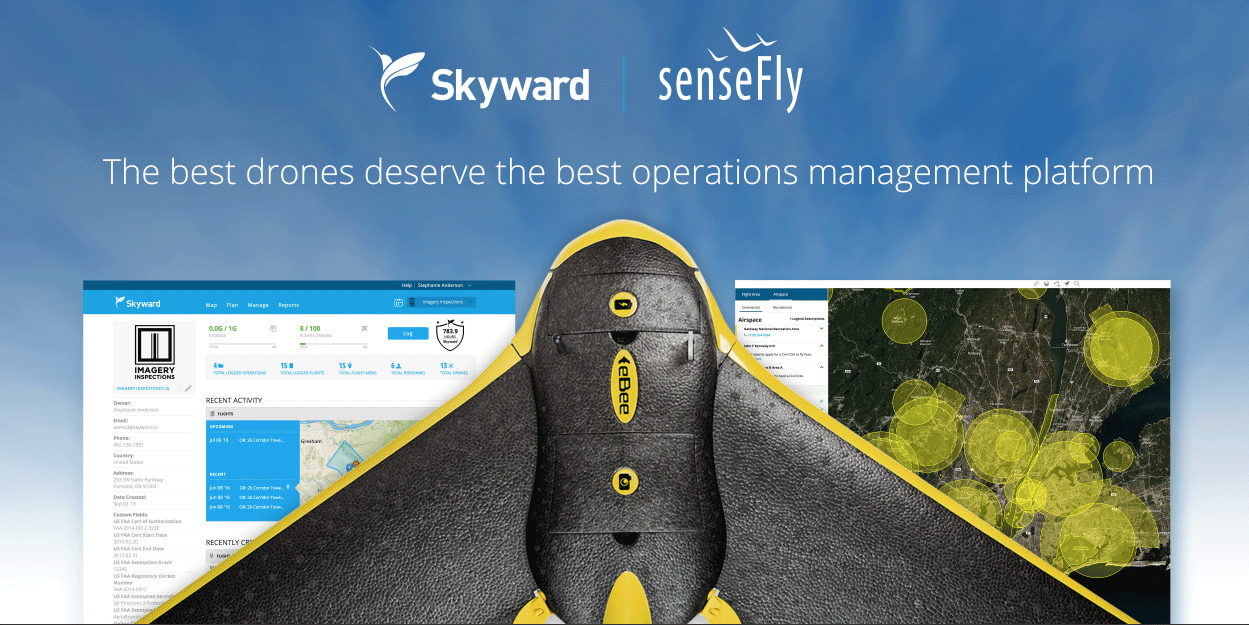

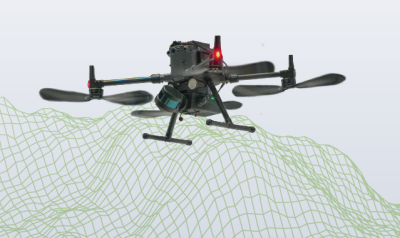
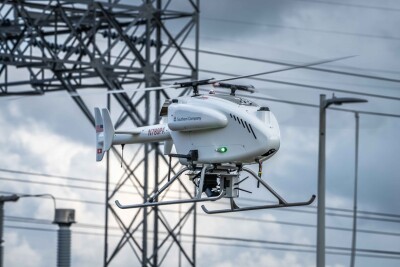
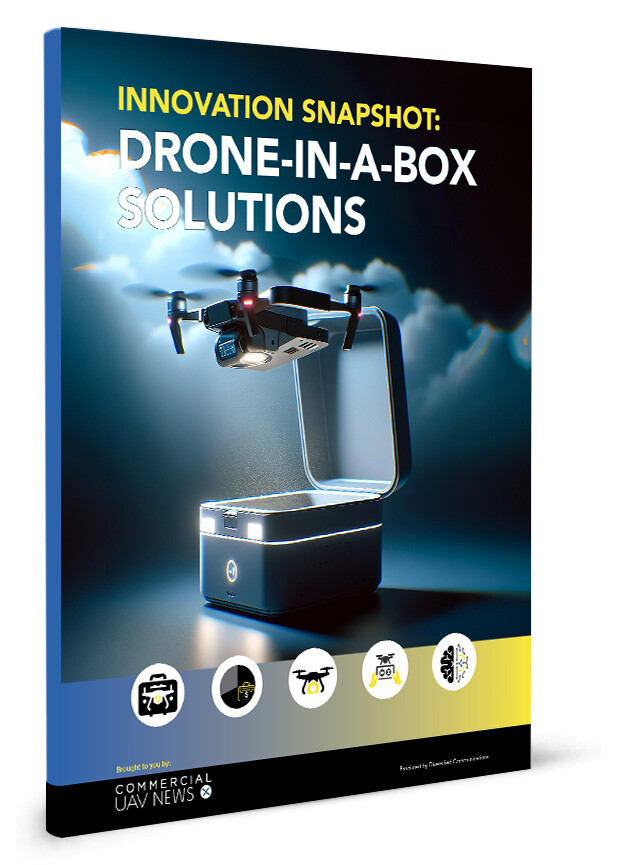
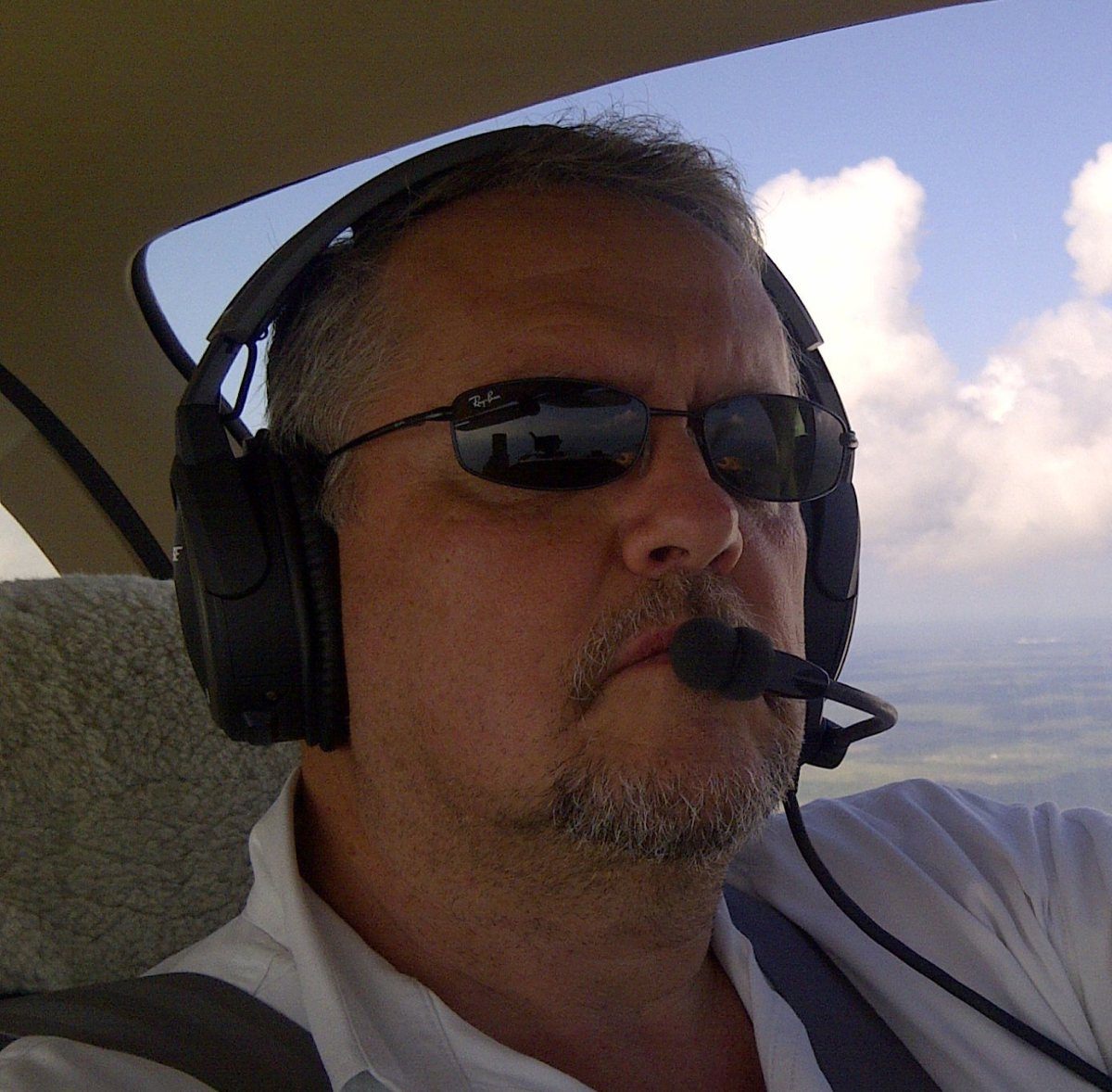




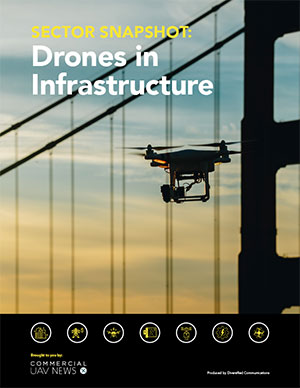
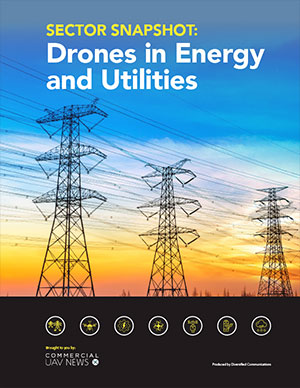
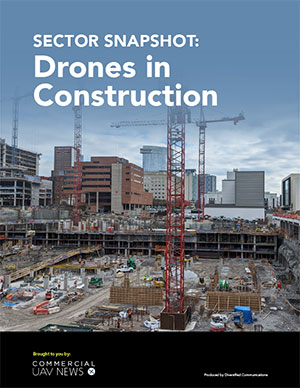
Comments